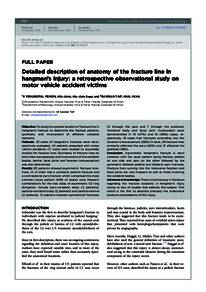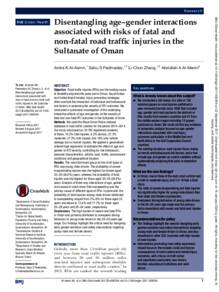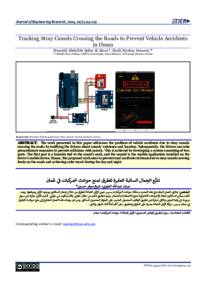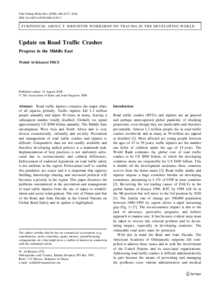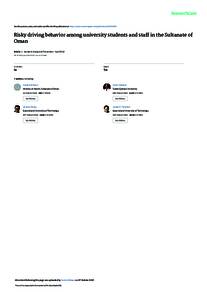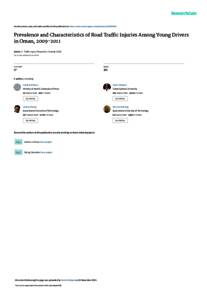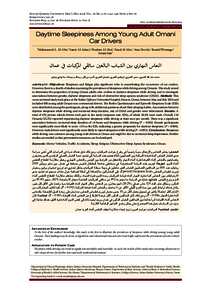وثيقة
Detailed description of anatomy of the fracture line in hangman's injury : a retrospective observational study on motor vehicle accident victims.
المعرف
DOI: 10.1259/bjr.20150847
المساهمون
Taif, Sawsan., مؤلف
الناشر
British Institute of Radiology.
ميلادي
2015-11
اللغة
الأنجليزية
الملخص الإنجليزي
Objective: To study the precise location of fracture line in hangman's fracture to determine the fracture patterns, symmetry and involvement of different vertebral elements. Methods: 32 cases of hangman's fractures were retrospectively evaluated. All patients presented with motor vehicle accidents. CT scans were studied to accurately localize the fracture lines. Symmetry of fracture lines on both sides was assessed, and involvement of the vertebral bodies, lamina, facet joints and foramen transversarium was also determined. Results: 20 patients showed asymmetric fracture locations, 13 of them had a unilateral pedicle fracture and a contralateral pars fracture which comprised the most common injury pattern (40% of cases). Less frequent combinations for the two sides of asymmetric C2 ring disruption include pars-vertebral body (3 patients), pedicle-vertebral body (2 patients) and pedicle-lamina (2 patients). 12 patients showed symmetrical fractures (5 through the pars and 7 through the pedicles). Vertebral body and facet joint involvement were demonstrated in 15 (47%) and 16 (50%) cases, respectively. 18 cases had fractures extenDing into the foramen transversarium (56%). In total, 26 fracture lines primarily affected the pars (40%) and 31 affected the pedicles (49%). Conclusion: Asymmetric hangman's fracture is more common with the usual pattern being fracture pedicle on one side and pars on the other followed by the symmetric bilateral pedicle and bilateral pars fractures. Fracture lines running into the transverse foramen and facet joints are very frequent as well as those involving the vertebral bodies. Advances in knowledge: There is controversy in literature regarDing the fracture locations in hangman's injury owing to lack of studies that address this subject. This article is the first to describe precisely the anatomical locations and patterns of this injury.
المجموعة
ISSN
0007-1285
URL المصدر
قالب العنصر
مقالات الدوريات

